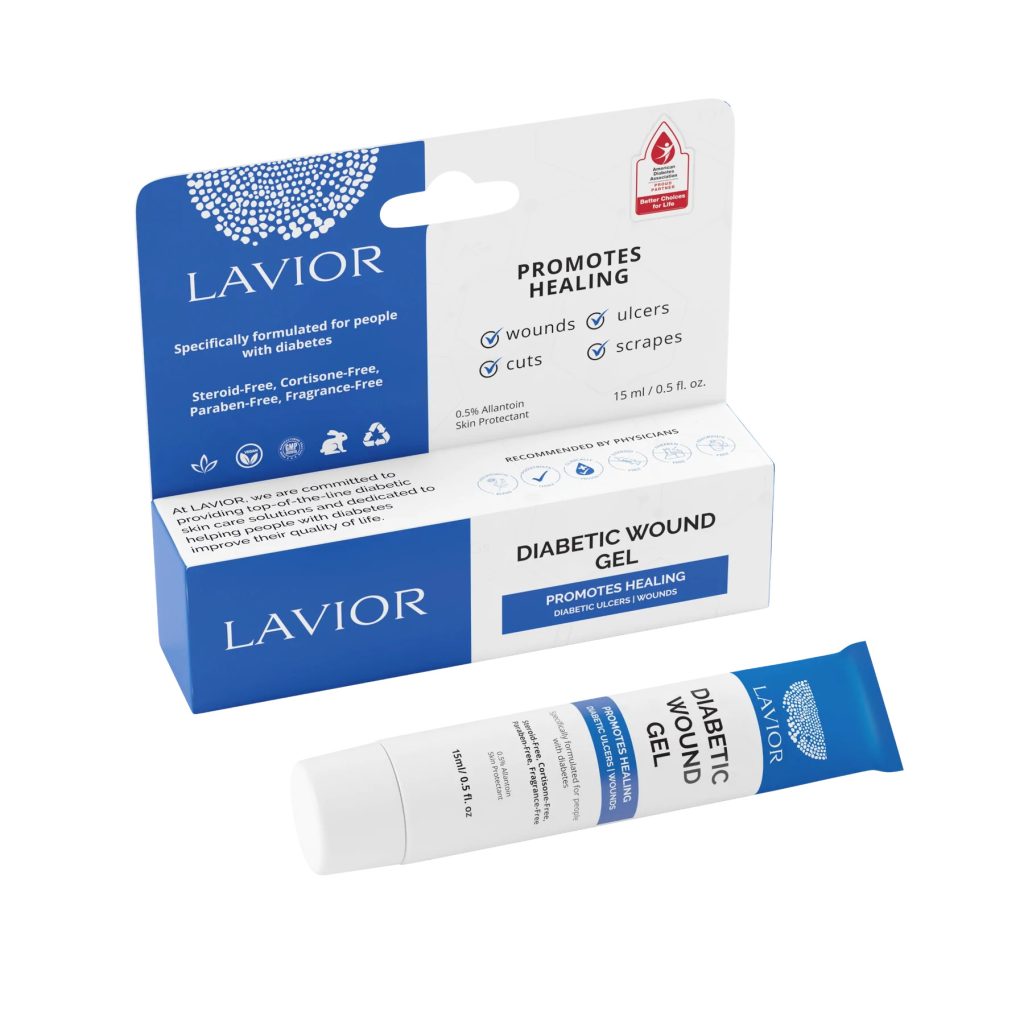Diabetes awareness is a duty that we all must collectively address. Maybe you or a loved one could have it and be unaware of the fact.
In the case of Type 2 Diabetes, there are certain indicators that give away the condition in those who have it. With proper Diabetes Type 2 treatment, people with this type of diabetes can lead healthy lives by following some simple tips.
If you have been noticing healing problems after you have been diagnosed with diabetes, we will tell you the reasons why this happens and what are some actionable steps to avoid problems.
What Happens to Your Body When You Have Type 2 Diabetes?
Type 2 diabetes is a chronic condition that disrupts your body’s ability to properly utilize insulin.
Some time ago this condition was addressed as adult-onset diabetes or diabetes mellitus. The reason is because it is usually prevalent in middle-aged or older individuals, but children and teenage cases have risen because of childhood obesity.
It is the most widespread form of diabetes, affecting approximately 10 percent of the individuals in the United States. Moreover, nearly 30 percent have prediabetes, characterized by elevated blood sugar levels that have not reached the threshold for a diabetes diagnosis.
Yet, when the body faces difficulties in metabolizing sugar, elevated levels hinder your body’s capacity to heal effectively. Although diabetic wound healing shares the same stages regular wound healing does, it operates at a considerably reduced pace.
What Are The Main Symptoms of Type 2 Diabetes?
Amongst some of the adverse bodily symptoms you are bound to encounter, these are some of them:
- Excessive thirst
- Frequent urination
- Blurred vision
- Numbness or tingling in extremities
- Persistent fatigue
- Slow-healing or even non-healing wounds
- Recurring yeast infections
- Persistent hunger
- Unintentional weight loss
- Susceptibility to infections
If you notice dark rashes in your or somebody else’s neck or armpits, you need to see a doctor immediately. You might be in the presence of acanthosis nigricans, which means that your body is in the presence of insulin resistance.
Common Causes and Risk Factors for Diabetes Type 2
- Genetics (people with family history of Diabetes are more at risk)
- Age (people aged 45 and above are at higher risk too)
- Sedentarism
- Stress
- Metabolic syndrome (unfortunate combination of risk factors)
- Insulin resistance
- Blood vessel and heart disease
- Low HDL (AKA “good” cholesterol) levels
- Elevated triglyceride levels
- Excessive glucose production in the liver
- Deficient intercellular signal emissions or broken beta cells
Treating Type 2 Diabetes: It Can Be Done!
Treating Type 2 Diabetes is possible, it doesn’t mean you are doomed to a life of deprivations and can’t enjoy the things you prefer. On the contrary, by taking some simple albeit consistent health precautions you can completely neutralize the negative effects of the condition in your body:
Diabetes impacts wound healing through various avenues:
- Weakening of the skin barrier
- Worsened production of collagen, a crucial protein for new tissue growth
- Reduced growth hormone production
Weight Management
Shedding excess weight can be beneficial for you. While a 5% reduction in body weight is certainly positive, aiming for a loss of at least 7% and maintaining it appears to be more advantageous.
Though weight loss may seem daunting, starting with portion control and adopting healthier eating habits that you can easily fit into your lifestyle is a solid beginning.
Nutritious Diet
There isn’t a singular diet for managing this form of diabetes. A certified dietitian can help you devise a sustainable meal plan. As a rule of thumb, your focus should be on reducing caloric consumption or spending more than you consume, dropping or cutting down on refined carbohydrates, especially sugary foods, incorporating more vegetables and fruits, and increasing dietary fiber intake.


Physical Activity & Exercise
Aim for 30 to 60 minutes of daily exercise that raises your heart rate. These are some of the activities you can perform:
- Walking
- Cycling
- Swimming
- Strength training
If you take medication that lowers blood sugar, consider having a snack before exercising. Also, make sure to consistently monitor your blood sugar levels.
Such products provide you with specialized care, aiding in infection prevention and helping healing, which will help you manage wounds effectively. Make sure to always get products that suit your needs.












